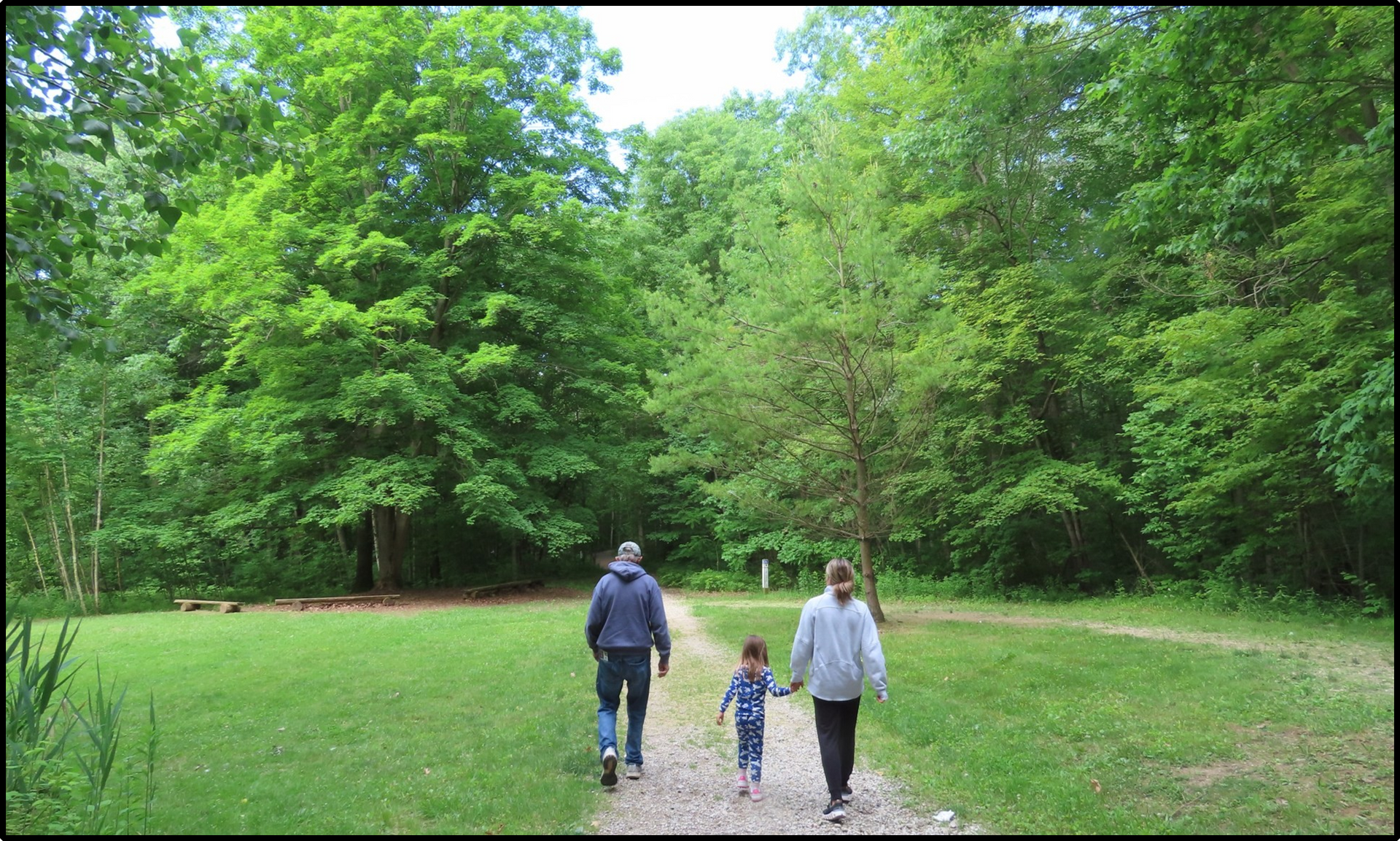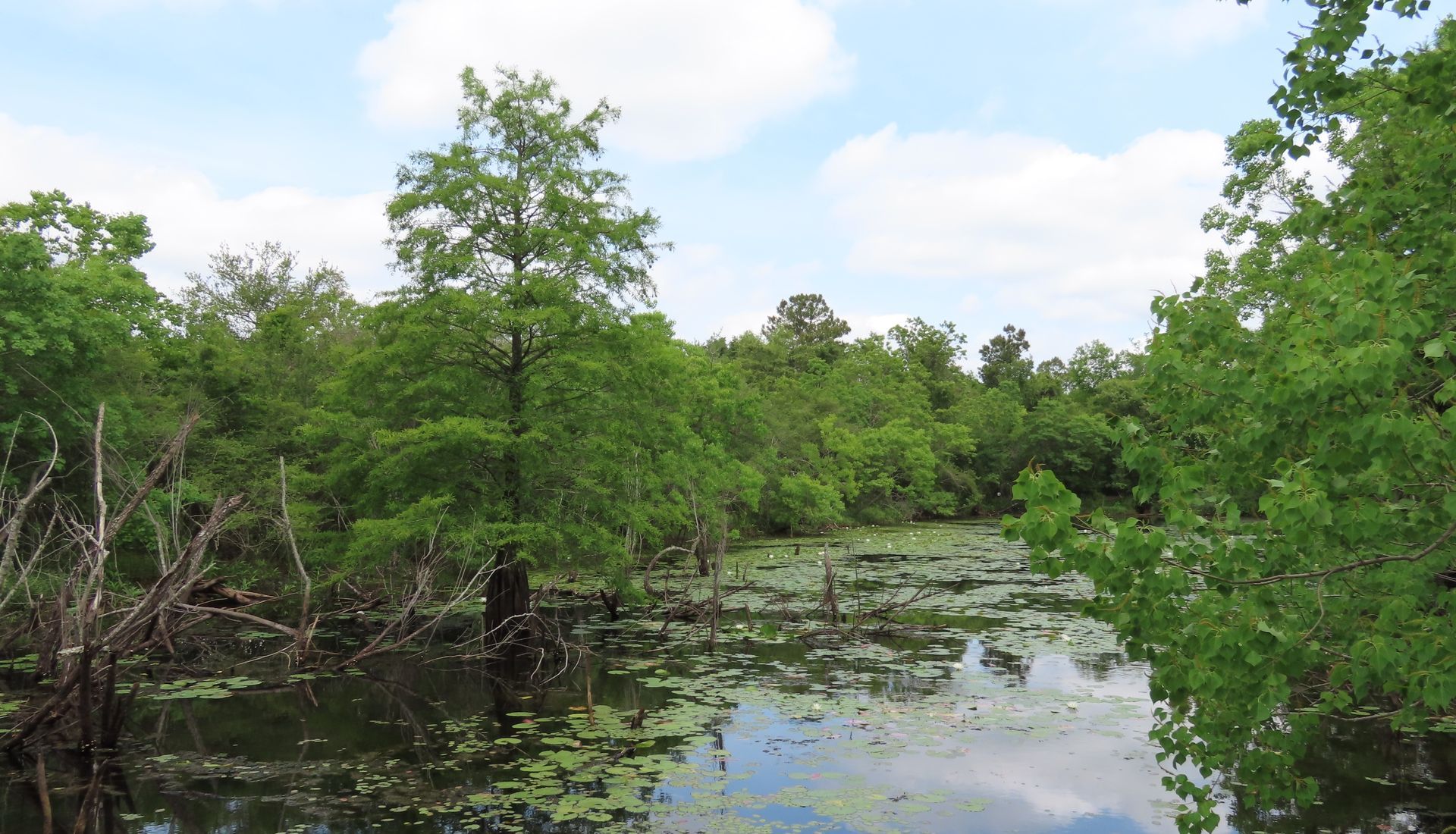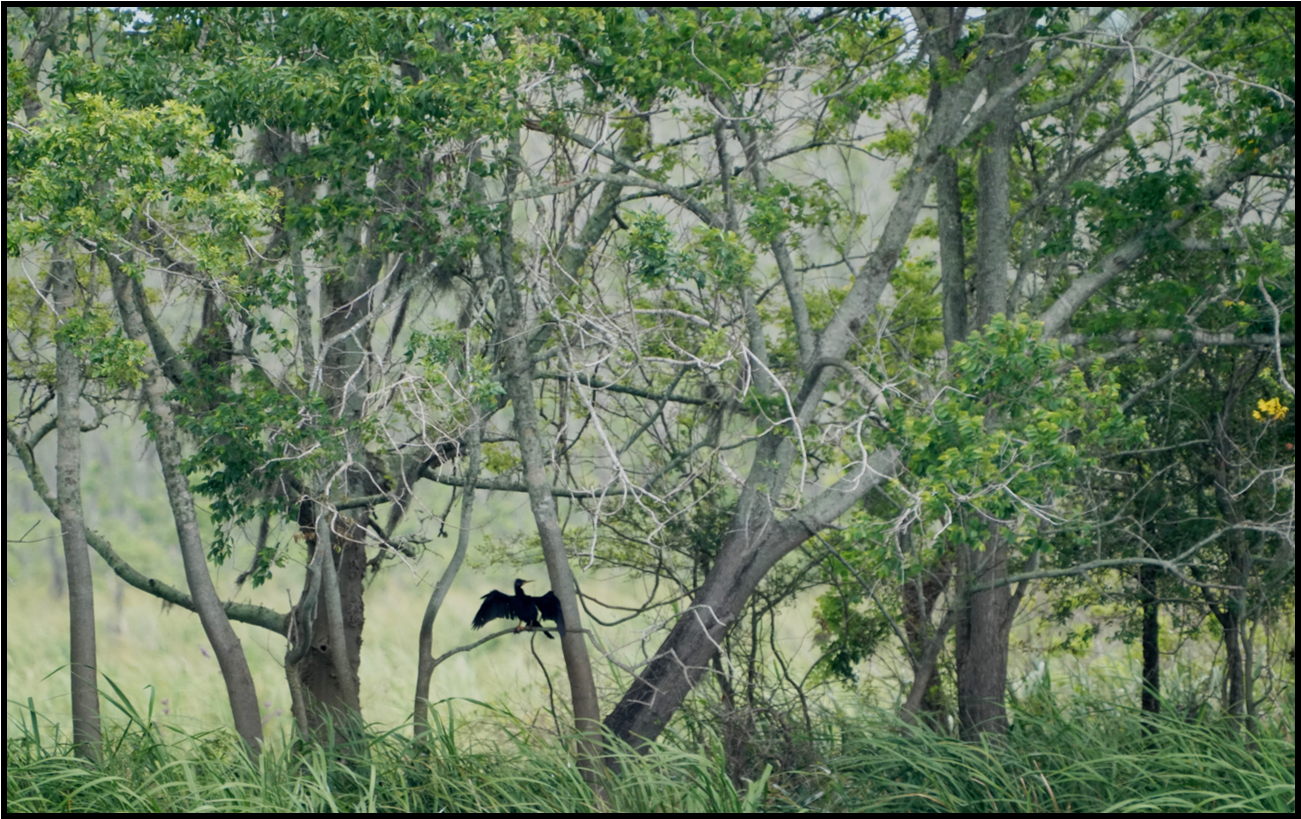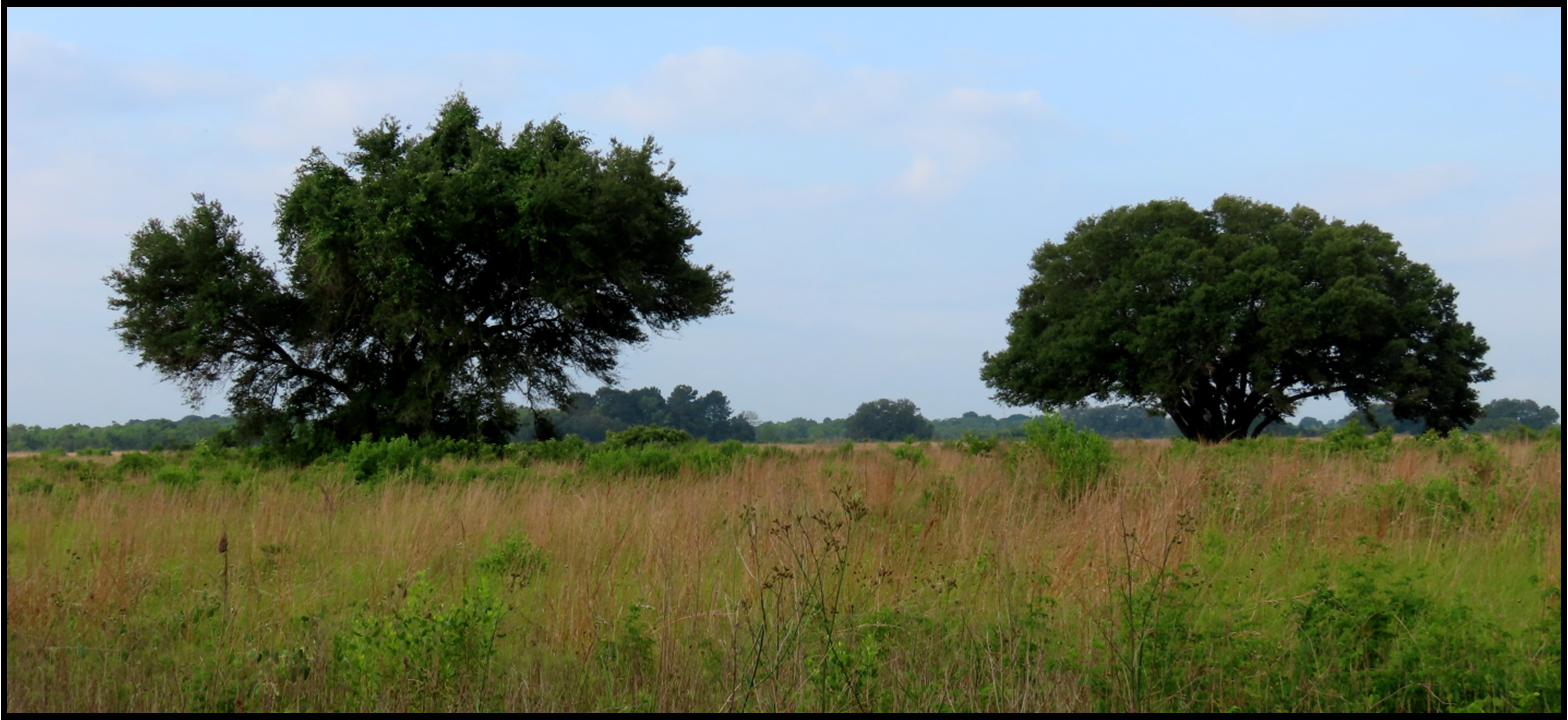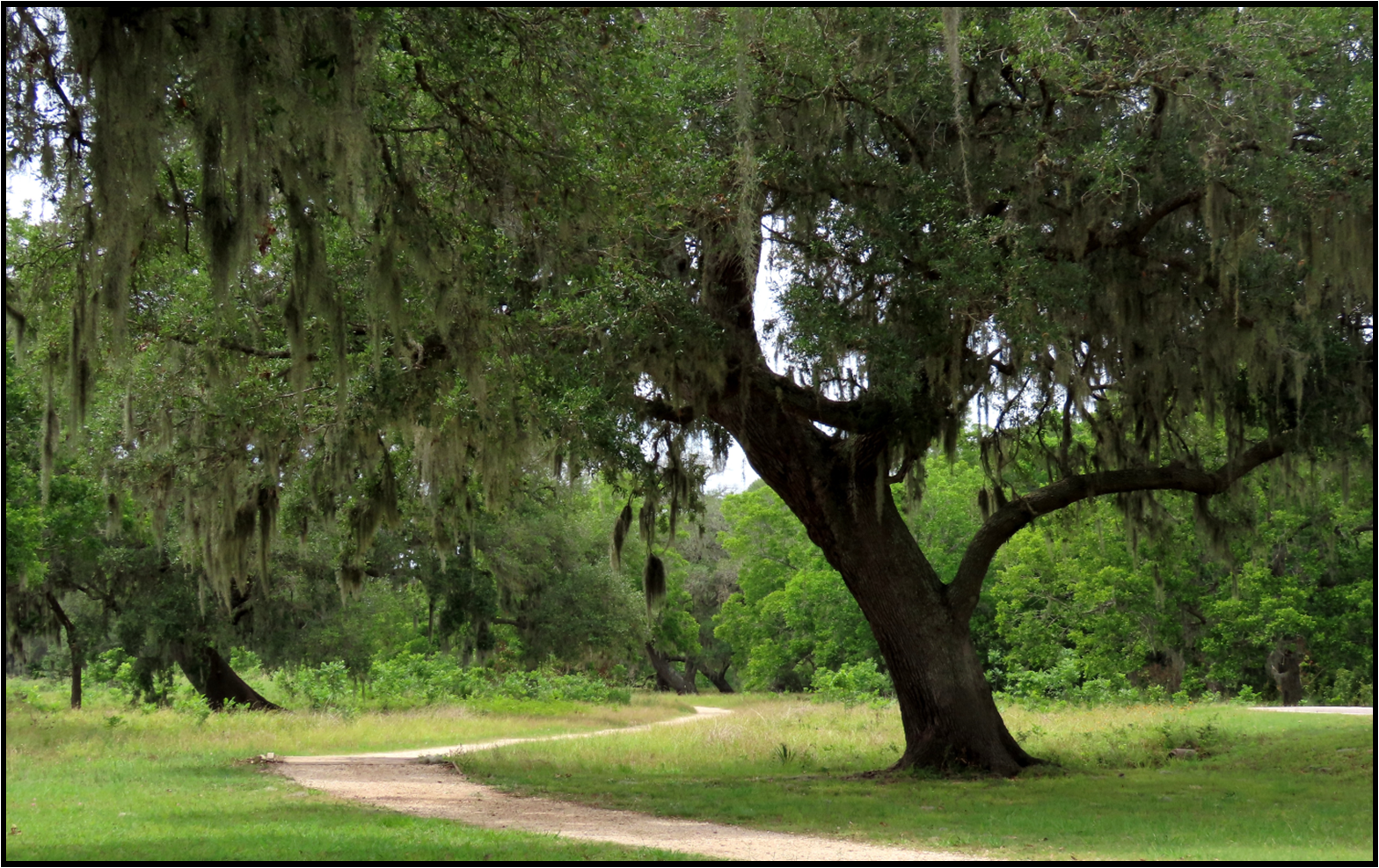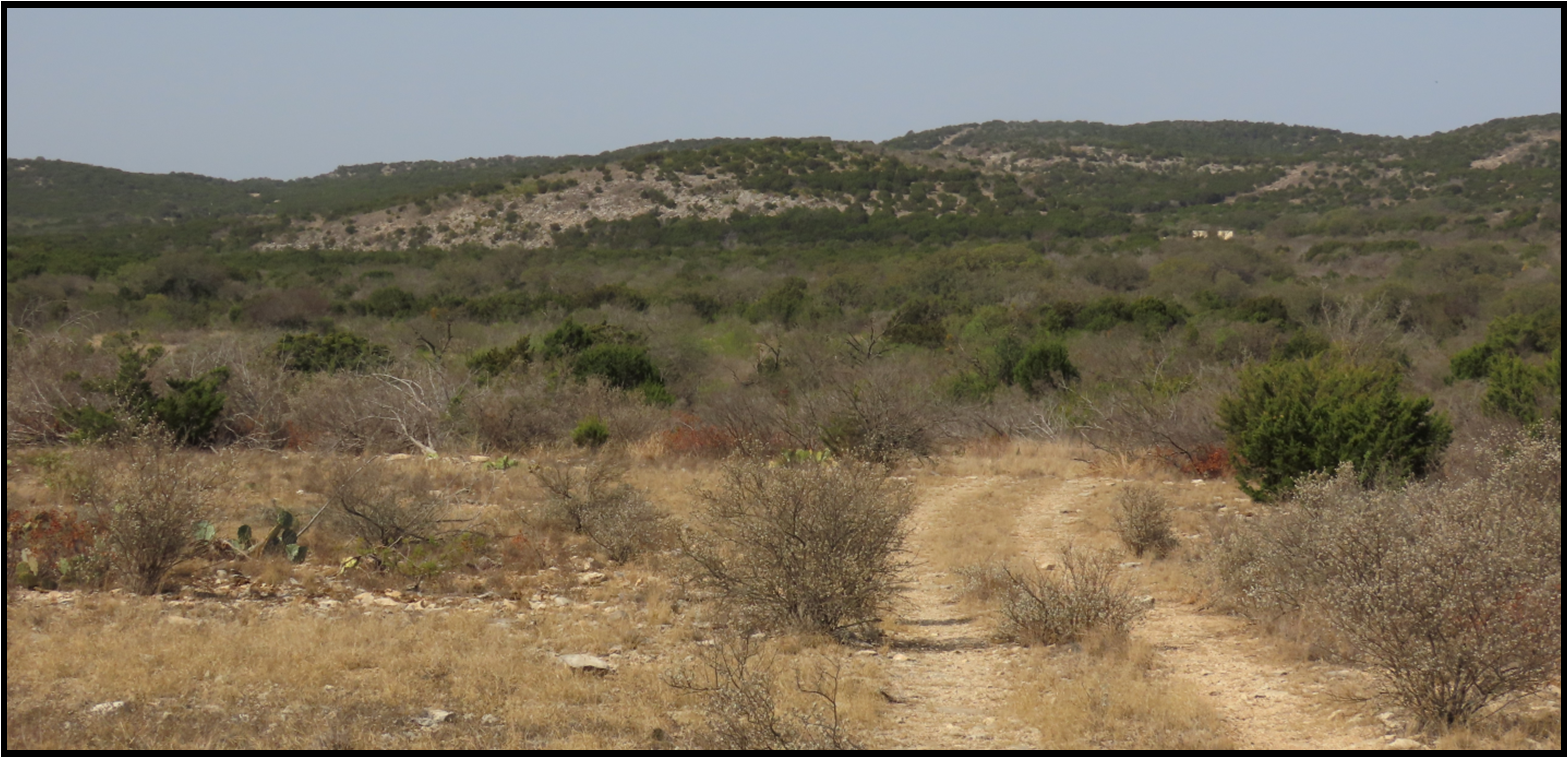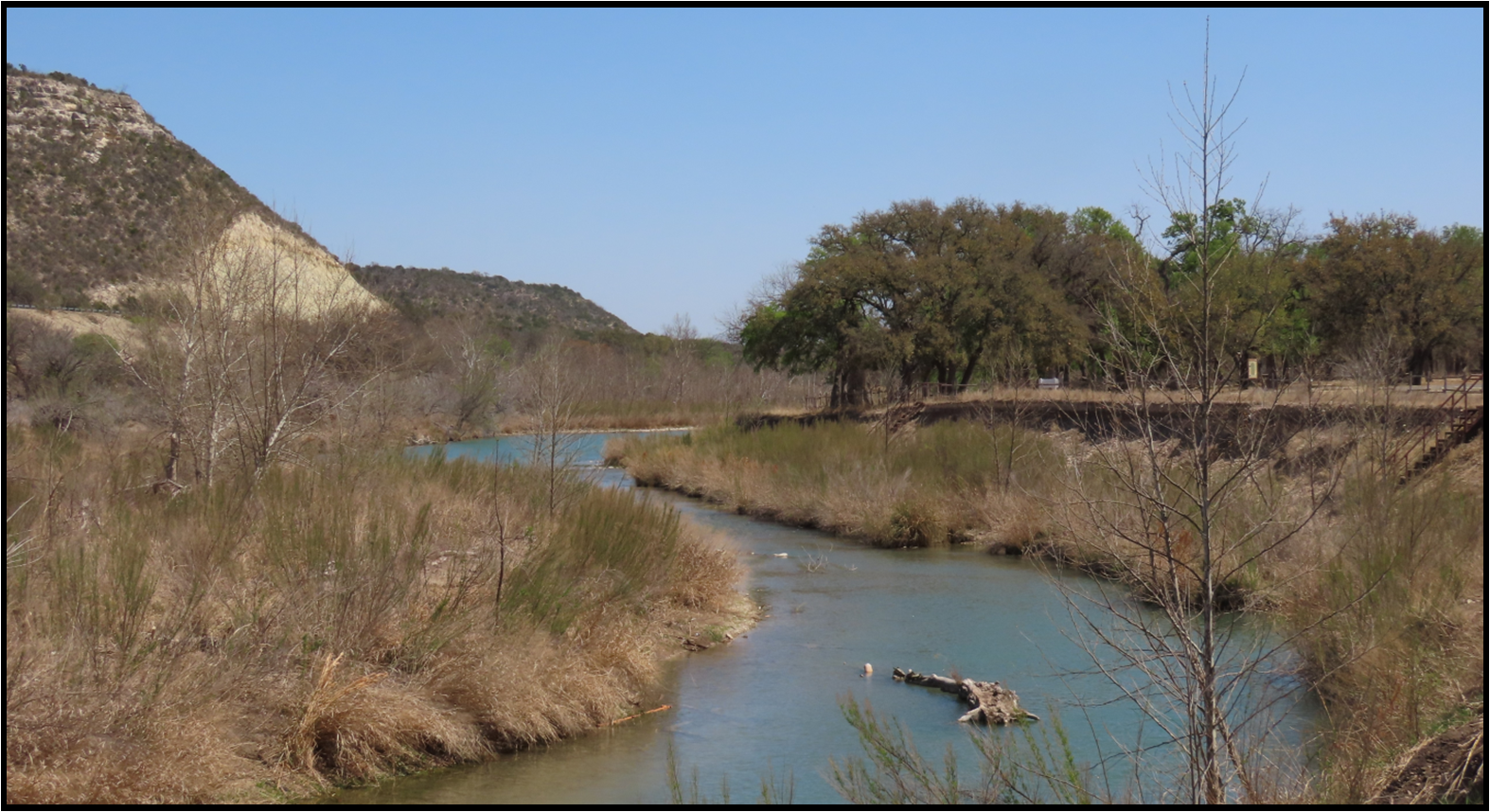Hidalgo County Big Day (18 April 2024)
© 2025 Alamo Birding Services LLC
By Mary Beth Stowe
Today was slated as just a “relaxed and easy” birding day, but at the last minute decided to do a Big Day, with the itinerary based on places where potential year birds were reported on eBird. Said itinerary included Estero Llano Grande State Park an hour before dawn (which I always do in order to bag the night birds), the Progresso Silos for a crack at the Yellow-headed Blackbirds, Frontera Audubon Thicket for migrants, Delta Lake for Hudsonian Godwits and other shorebirds, Fireman’s Park in McAllen for the lingering Greater White-fronted Goose, Quinta Mazatlan for migrants (the reported Flame-colored Tanager was probably long gone), Old Hidalgo Pumphouse for a reported Groove-billed Ani (and I always get the Monk Parakeets there, whether they’re reported or not), and Santa Ana NWR. It would turn out to be mostly overcast all day, which made for a pleasant day out even though it got up to 91 later in the afternoon.
Started the morning with the neighborhood Purple Martins (1) gurgling as I packed the car before heading to Estero. Once at Estero the Pauraques (2) were pretty easy to pick up, and a Chuck-will’s-widow (3) sang from the park host area. Checked the restroom lights in the Tropical Zone for moths, then settled in at the “Picnic Table Feeders” near Pauraque Hall to wait in the dawn. Black-bellied Whistling Ducks (4) flew overhead in the dark, and Black-necked Stilts (5) called from somewhere where there was water! Early-morning songsters included White-winged (6), White-tipped (7), and Mourning Doves (8), a Mockingbird (9), and Cardinals (10), and as it got lighter Chachalacas (11), Golden-fronted Woodpeckers (12), a Clay-colored Thrush (13), Brown-crested Flycatcher (14), Couch’s Kingbirds (15), Kiskadees (16), Green Jays (17), Black-crested Titmice (18), a Long-billed Thrasher (19), Carolina Wrens (20), and Olive Sparrows (21) joined the chorus. A couple of Hooded Orioles (22) “wheeped” on the way out, and a five-minute vigil at the Green Jay Drip didn’t yield the Crimson-collared Grosbeak, but a Yellow-billed Cuckoo (23) sang, which was good for the year!

L-R: Omnivorous Platynota, Straight-lined Wave, Orange-banded Prominent
The brick walkway had a cute little Black-and-white Warbler (24) working the trees, and didn’t need the Hidalgo Pumphouse ani (25) as one was calling right before the little ramp to the deck! Because of the drought and water rationing, the only wetland that had any water in it was Alligator Lake, so I headed back there after another five-minute vigil at the hummer feeders, which added Buff-bellied (26) and Ruby-throated Hummer (27) to the list, along with Red-winged Blackbird (28), Brown-headed Cowbird (29), and Great-tailed Grackles (30) flying overhead. A Caracara (31) pumped by and a pair of Mottled Ducks (32) flew overhead on the way back there, along with a pair of fly-by Red-crowned Parrots (33). A Ladder-backed Woodpecker (34) was hidden in the scrub, and some Common Ground Doves (35) fed on the path just before the little bridge. A pair of Chachalacas were chorusing out in the open, allowing for some video, and a Common Yellowthroat (36) announced his presence as I approached Alligator Lake. A couple of Yellow-crowned Night Herons (37) were still there, while a small flock of Long-billed Dowitchers (38) went tearing by, peeping as they went! Green Herons (39) were calling and flying around with nesting material, and both Bewick’s Wren (40) and Eastern Meadowlark (41) sang beyond the vegetation. Nothing was at the overlook except a bunch of Great-tailed Grackles trying to outdo each other with their “toilet-flush” songs! On the way back a House Wren (42) sang from the other side of the canal, and a Verdin (43) called from the scrub. Back in the parking lot a Lesser Goldfinch (44) made his tinkling calls.

Low-light Ruby-throated Hummingbirds (male left, female right)
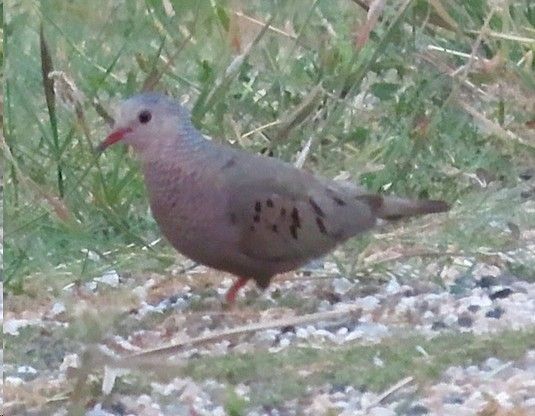
Common Ground Dove

Chachalaca pair chorusing

Contorting Great-tailed Grackles
Headed down to the silos next, where I was shocked to see that there were no huge blackbird flocks! What was there instead was hundreds of Rock Pigeons (45), and what icterids were there were made up mostly of Brown-headed Cowbirds (couldn’t even find a Bronzed)! House Sparrows (46) of course got added here as well, and I was sweating the Yellow-headed Blackbirds until I found a couple (47) in with a small group of cowbirds along Gonzales Road! One was even singing up a storm, but he was hidden in one of the small trees and wouldn’t allow a video… (What did allow a video before I got run over by a semi was a couple of gurgling Brown-headed Cowbirds!) Added Eurasian Collared Dove (48) on the way up to US 281.
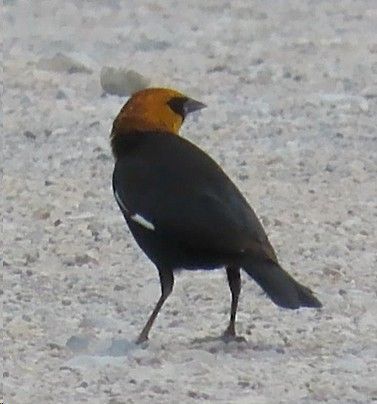
Yellow-headed Blackbird

Singing Brown-headed Cowbirds
From there headed up FM 88 to Frontera Audubon Thicket, where a Chestnut-sided Warbler had been reported. Didn’t necessarily expect to find it, but it is a good migrant trap and figured I’d add some good stuff to the list. Added Chimney Swift (49) and Tropical Kingbird (50) right in the parking lot, and at their running water feature a couple of Black-and-white Warblers came in to bathe while more Chachalacas chorused in the background! Like Estero, their little wetlands were dry (except for the ponds on the Payne property next door, but they were birdless), but had probably the Bird of the Day singing at the overlook to the Big (dry) Pond: a Bell’s Vireo (51)! He wouldn’t come out, either, nor sing for the recorder, but a nice male Black-throated Green Warbler (52) did come down for a peek! A more expected White-eyed Vireo (53) sang nearby, and a migrant Great Crested Flycatcher (54) showed himself, along with a similar Brown-crested. A Laughing Gull (55) called overhead, along with a Barn Swallow (56). Taking the back loop along the fence line proved to be a challenge as it was pretty overgrown (in fact, if you were to come from the other direction, it looked as though they actually closed it off with palm fronds from that end), but I’m glad I took it, as a beautiful male Indigo Bunting (57) popped up, along with a Clay-colored Sparrow (58)! Once I made it through the mess a Blue-headed Vireo (59) sang near the cemetery. Spent about five minutes near the feeding area to see if their continuing Crimson-collared Grosbeak would at least call, but no banana. I wish I had sprayed my clothes, however: the mosquitoes were vicious!!

Black-and-white Warblers (dry one at right)
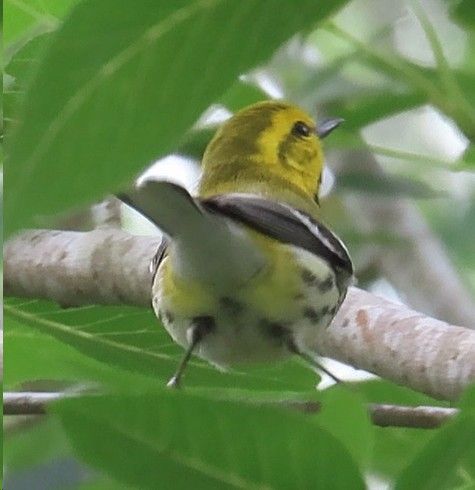
Black-throated Green Warbler
Added Starling (60) driving out of Weslaco, then it was up FM 88 to Delta Lake where my most-wanted target, the Hudsonian Godwit (hereafter “Hudwit”), was reported. You have to park in the little lot on the west side of 88, then walk down the shoulder to get close enough to see most of the birds, but it was a profitable stop: the most numerous shorebird there was the Long-billed Dowitcher, many in breeding colors as to fool you into thinking you were seeing the Hudwits! At the parking area swarms of Cliff Swallows (61) were flying around, and a Marsh Wren (62) gurgled from the reeds. What I could ID from that distance included Blue-winged Teal (63) and Great Egret (64), but I had to walk the shoulder to get close enough to add Stilt (65) and Least Sandpipers (66), Semipalmated Plover (67), and the coveted Hudwit (68), in addition to a couple of Marbled Godwits (69), which are rare in Hidalgo County! [Ed. Note: Hold that thought…] Off in the distance was a big glob of birds, and with the help of the camera’s zoom (sometimes better than a scope) was able to pick out Fulvous Whistling Ducks (70), Coots (71), one Double-crested Cormorant (72) in with the mob of Neotropic Cormorants (73), one Cattle Egret (74) in with the Snowies (75), a Tricolored Heron (76), a couple of Franklin’s Gulls (77), and Gull-billed Terns (78) which were acting like they wanted to start families! (A huge flock of gulls sailed by way overhead that sounded like Franklin’s, but Laughing can sometimes squeal the same way and I couldn’t see any field marks…) Least Terns (79) called unseen, along with a Killdeer (80). A Green Kingfisher (81) blasted by while I was filming the godwits, and on the way back to the car a Black Vulture (82) sailed by (was shocked that I hadn’t seen any TVs yet). Went into the park proper to use the restroom and added a chirping Yellow Warbler (83) to the list.

Female Hudsonian Godwit, showing tell-tale white markings on tail and wings.

Male Hudsonian Godwit

Fulvous Whistling Ducks, with Snowy and Cattle Egrets, Black-necked Stilt, and Gull-billed Terns

Neotropic Cormorants with token Double-crested in the middle...
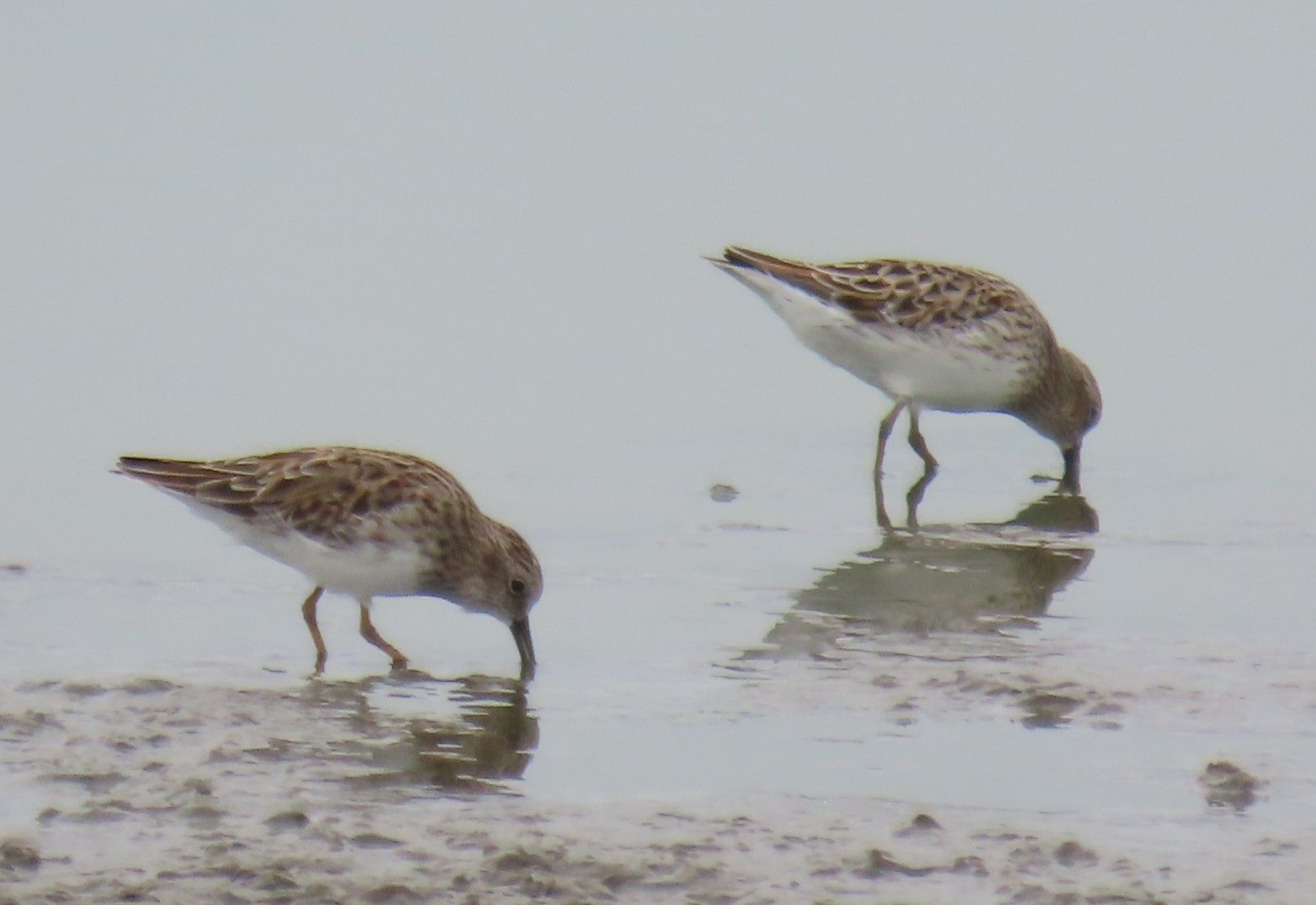
Least Sandpipers
Since the next stops were in McAllen and I wanted to avoid that I-69/I-2 interchange, I planned on cutting over by way of Monte Cristo Road, but stopped in Edinburg for lunch on the way. While I was wolfing down some chicken my friend Baceliza called and said there were thousands of shorebirds (including Hudwits, plus some others that would be good for the list) at Sugarhouse Pond! I was surprised only in that I had heard reports that the powers that be were literally shooing birders off the berm now that the sugar plant was closed (one report even said they had caution tape up there to keep people out), but apparently all that was taken down and birders were allowed back up! I debated about going all the way back there as it would be a half-hour drive back the way I came, but I finally relented and headed out. It ended up being a good choice, as I added several things right away: several Shovelers (84) were close enough to ID without walking any distance, as well as Roseate Spoonbills (85) and White-faced Ibis (86) that were easy to tell even at that distance. I had to walk down the berm a bit to ID some of the other things; there were indeed hundreds of dowitchers and Stilt Sandpipers, but I couldn’t pick out any godwits, which were probably too far away for me to see. What I could get close enough to in order to ID included Wilson’s Phalaropes (87), an American Golden Plover (88), some Pectoral Sandpipers (89) and a few Western Sandpipers (90 - there could have been some other peeps in there besides Leasts, but again, too far to tell), both Greater (91) and Lesser Yellowlegs (92), and Avocets (93 - along with Black-necked Stilts and more ducks of all flavors).

Part of the shorebird mob at Sugarhouse Pond: mostly Stilt Sandpipers, but including a Long-billed Dowitcher, Pectoral Sandpiper, and a Wilson's Phalarope in front.
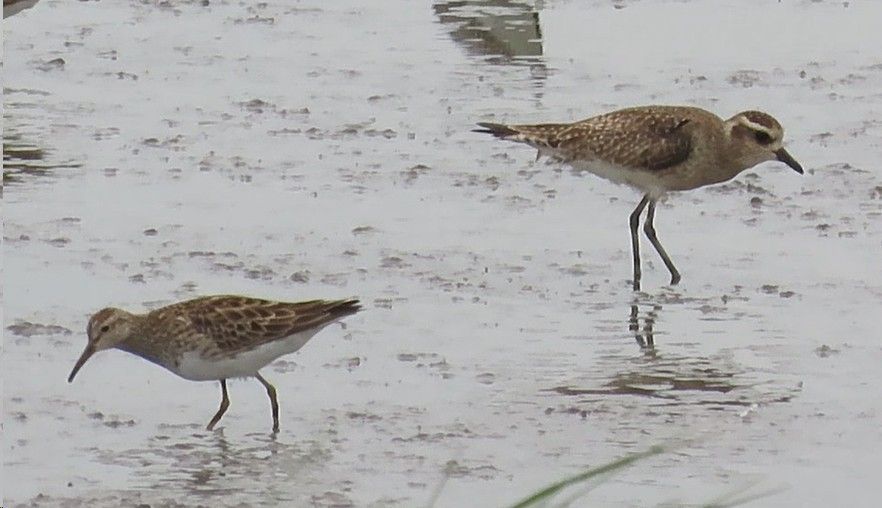
Pectoral Sandpiper (left) and American Golden Plover
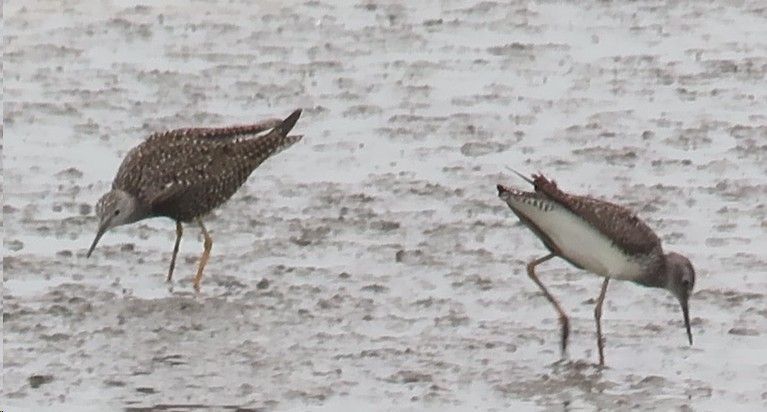
Lesser Yellowlegs having "words" with their wings...
From that point, it made more sense logistically to head down to the freeway and hit Santa Ana next. A Scarlet Tanager had been reported (which I didn’t have high hopes of refinding), but it can also be a good migrant trap. The drive down Alamo Road was productive, adding Scissor-tailed Flycatcher (94), and right at the intersection with US 281 a pair of Swainson’s Hawks (95) was harassing a pair of Turkey Vultures (96 - about time I got them)! At the refuge, the Inca Doves (97) came through at the feeders, and Willow Lake actually did have some water in it, where I picked up three Common Gallinules (98) and a Belted Kingfisher (99)! A Nashville Warbler in the trees along the trail on the way back got the honor of being bird #100, beating out the Gray Hawk (101) I heard in the distance. One of the best video ops of the day was at a bundle of Texas Thistle, where a couple of Zebra Heliconians were cavorting! Although not needed for the day, had a much better look at a Green Kingfisher at the foot bridge crossing the canal near the VC! And even though it was late in the day, I had to check the breezeway wall for moths; none there, but one of the benches had a Golden-bordered Looper, which is a Valley specialty!
Zebra Heliconian
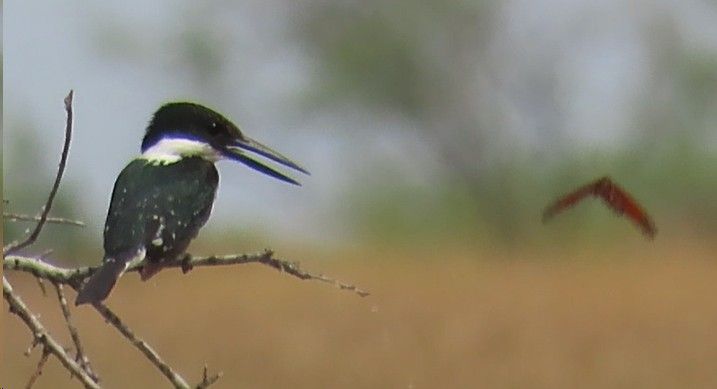
Green Kingfisher (with photo-bombing Gulf Fritillary)
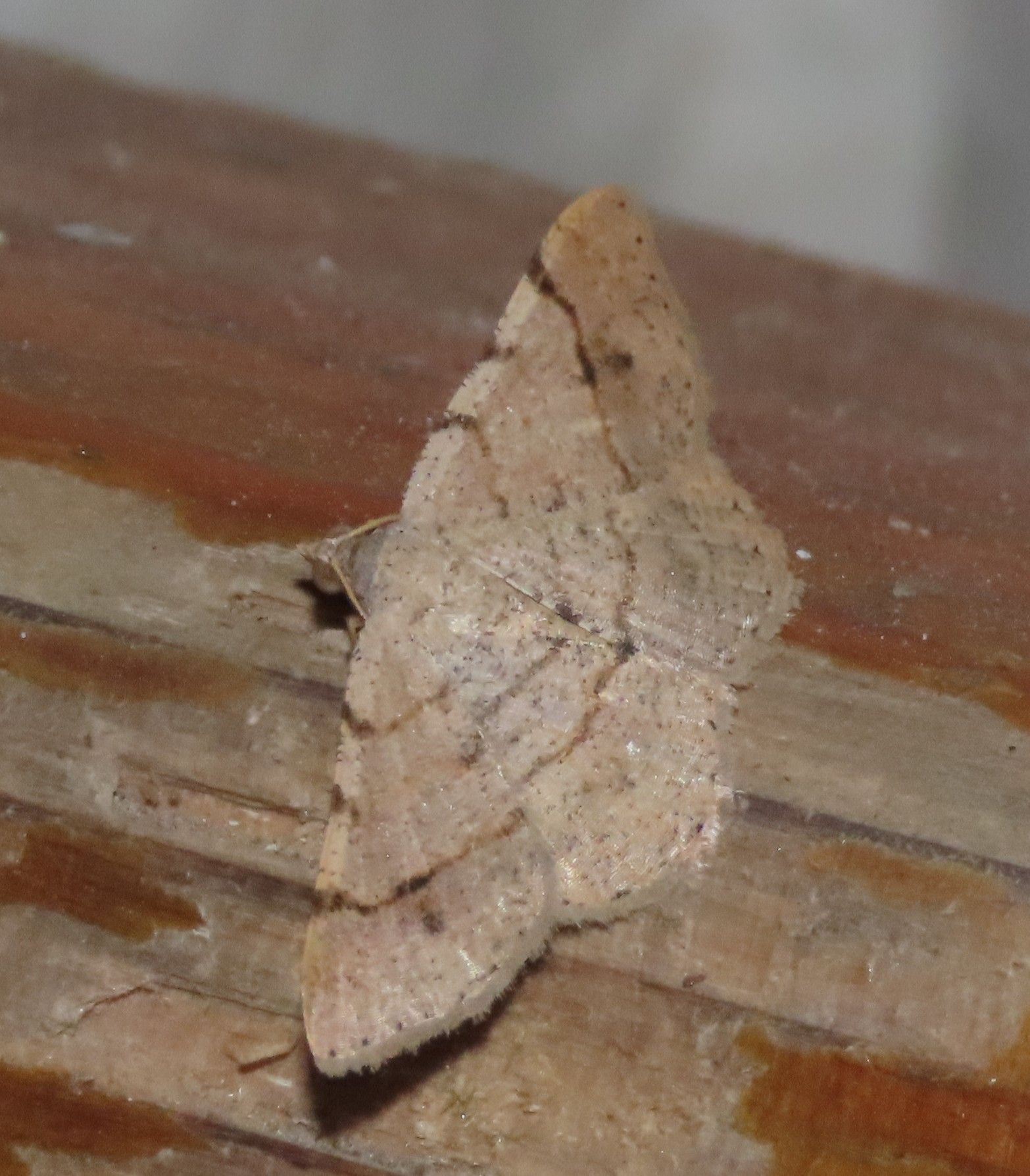
Golden-bordered Looper
Old Hidalgo Pumphouse was a straight shot along US 281 from there, and I actually picked up quite a few things there: Western Kingbirds (102) chattered from the parking lot, and at the resaca a Lincoln’s Sparrow (103) popped up! The Monk Parakeets (104) came through, rasping overhead and carrying long strands of nesting material, and a short hike to the bench along the levee hit pay dirt with a flock of Painted Buntings (105)! On the way back a big flock of Larks Sparrows (106) had a Chipping Sparrow (107) in with them, and just for the record, I did see an ani there! Walking back to the parking lot along the sidewalk next to the pumphouse, an Altamira Oriole (108) called and worked in one of the small trees.
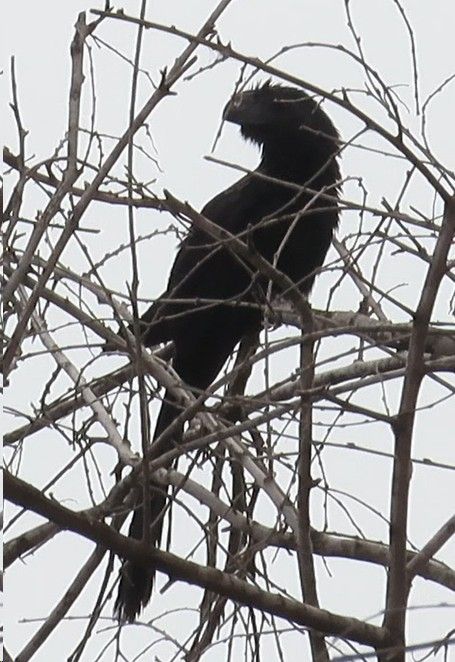
Groove-billed Ani
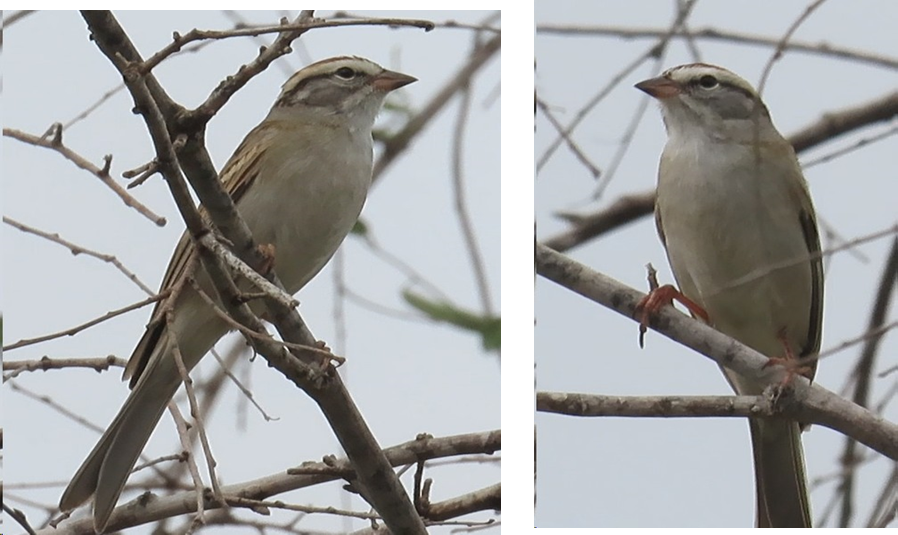
Chipping Sparrow

Lark Sparrows
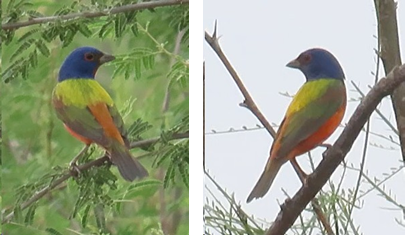
Painted Bunting
Quinta Mazatlán was next (and they’re open until 7:30 on Thursdays, so I had plenty of time), and while I was reaching the law of diminishing returns, still managed to add a few things in this delightful little migrant trap! I meant to make the loop but ended up at the amphitheater where a couple of other ladies were watching what was coming in to what was left at the feeders – mostly grackles, but we also had more Inca Doves, a Kiskadee, and a very nice Clay-colored Thrush gathering a huge amount of nesting material! Continuing towards Ruby Pond (where the tanager had been reported), a sharp pink had me wondering if I had a Blue Grosbeak, until the perp showed himself to be a Northern Waterthrush (109 - which I should have realized, as there’s almost always one there)! A Bullock’s Oriole (110) did his slow chatter in the same area, and a sit at the feeders in Ebony Grove didn’t add anything to the list, but enjoyed Cardinals, House Sparrows, a Long-billed Thrasher, another Painted Bunting, and an Olive Sparrow coming in! With all the statuary around, I was started by a real pair of Chachalacas standing still that eventually also came in to the feeder area! Spooked a Cooper’s Hawk (111) while making the loop, and circling back was finally able to add Curve-billed Thrasher (112 - was sweating that one, as this is almost a slam-dunk place for them)! A suspicious warbler came in to one of the water features, but wasn’t able to get on him before he took off…

Clay-colored Thrush with nesting material
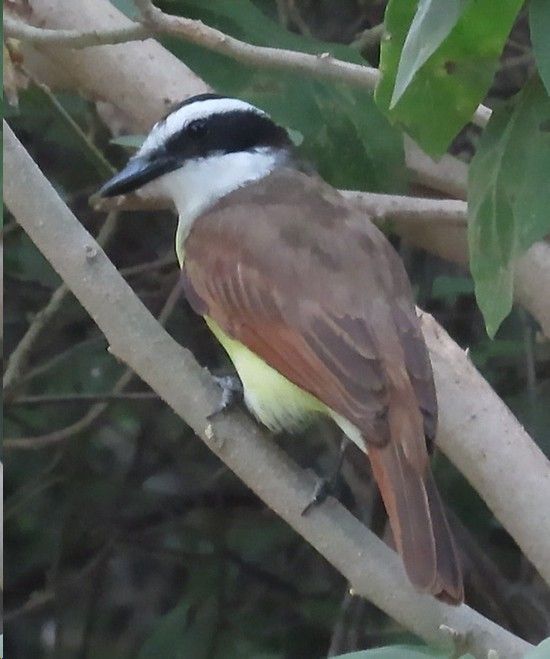
Great Kiskadee
I was too beat to go to Fireman’s Park for one goose, so I headed back to Alamo and got some dinner while waiting for the Lesser Nighthawks to appear at the Alamo Inn! They never did before I got impatient, so headed home, adding House Finch (113) in the complex.
Post-script: In reviewing the pictures and videos, I discovered a couple of Forster’s Terns (114) at Delta Lake, but at the same time a careful study of the “Marbled Godwit” footage revealed that they were actually very dull female Hudwits, as they were the same size as the nice pretty male, and when they preened, they revealed some white on the tail (there may have been a Marbled somewhere in there as one was reported – unless the previous reporter made the same mistake I did), so that brought us back down to 113 for the day!
